Lecture by Professor Varun Grover
1. Introduction to the Technology Acceptance Model (TAM)
The Technology Acceptance Model (TAM) is a framework used to understand why people accept or reject new technologies. It was developed to predict user adoption by focusing on two main beliefs:
- Perceived Usefulness (PU): How much a person believes that using a technology will enhance their job performance.
- Perceived Ease of Use (PEOU): How much a person believes that using the technology will be free of effort.
In simple terms, if people think a technology is helpful and easy to use, they’re more likely to use it.
2. Historical Context and Evolution
2.1. Different Approaches to Studying Technology Adoption
In the field of Information Systems (IS), researchers have studied technology adoption in many ways. These include looking at:
- How new systems are implemented.
- How users are involved.
- Their satisfaction levels.
- Reasons for system failures.
- How innovations spread.
- How organizations assimilate technologies.
- How rich the media is for communication.
Despite these varied approaches, one method became very popular: using social psychology theories, specifically TAM and its variations, to explain technology adoption.
2.2. Origins of TAM
Adaptation from Social Psychology
- TAM was created by Fred Davis in 1986.
- He adapted ideas from Ajzen and Fishbein’s work on human behavior, which led to the Theory of Reasoned Action (TRA) and the Theory of Planned Behavior (TPB).
- Davis wanted to develop a practical way to test if users would accept a new system before it was implemented.
Purpose of TRA and TPB
- Ajzen and Fishbein argued that just having certain beliefs doesn’t always lead directly to behavior.
- They introduced the idea that attitudes and intentions play a role between beliefs and actions.
- This helped explain why people with similar beliefs might behave differently.
2.3. Limitations and Return to Original Models
Omitting Key Factors in TAM
- TAM simplified the models by focusing mainly on PU and PEOU.
- It left out important factors like social norms (what others think) and intentions, which were central in TRA and TPB.
- As a result, TAM sometimes led back to the same conflicting results that Ajzen and Fishbein had tried to address.
Full Circle Back to TRA
- Over time, TAM was expanded and modified many times.
- Models like the Unified Theory of Acceptance and Use of Technology (UTAUT) incorporated more variables, some of which were from TRA and TPB.
- This meant that after many changes, researchers ended up back at the original theories they started from.
So here’s the thing with TAM: it’s been around for decades, and while it’s a solid foundational model, it doesn’t address a lot of what’s happening today. For example, TAM doesn’t consider social enterprise or how something like generative AI is being used within organizations. What if you wanted to explore how AI impacts employees’ productivity or performance? How would TAM work in that scenario?
Now, think about apps. Most of the time when we talk about technology, we’re really talking about mobile apps. So ask yourself this: is ease of use and usefulness still important when predicting which apps people will adopt? I’d say it is—but the way people make decisions about apps now might not be as deliberate as it was back in the day. Let me explain.
3. How People Choose Apps Today
Imagine you’re looking for a weather app. You’ve got hundreds of options, right? So how do you decide? It boils down to a few things:
- Usefulness: Does the app do what you need?
- Ease of Use: Can you get the info you want without going through a bunch of menus?
If the app’s clunky, you’re going to delete it and try something else. This behavior—switching between apps—is a big deal today and wasn’t really covered in the original TAM. But here’s the thing: beyond adoption, we also need to think about sustained usage (why people keep using an app) and switching behavior (why they move on to another one). These are key behaviors we can model separately.
4. Modernizing TAM
4.1. Brainstorming Updates to TAM
So let’s brainstorm for a second: if you were updating TAM for today’s digital environment, what would you include?
- Ratings and Reviews: Think about it—most of us look at app store ratings or skim a few reviews before downloading anything.
- Descriptions: The information provided about the app’s features and benefits.
- Data Availability: You’ve got all this data out there—ratings, reviews, download counts—and it’s all measurable.
Here’s where it gets interesting: for apps like TikTok, it’s not about usefulness or ease of use in the traditional sense. It’s about the experience—how engaging it is, how it makes you feel. People don’t go on TikTok to perform a task; they go for the experience. So, we’d need a different model for something like TikTok compared to, say, a task-oriented app like Google Calendar.
This opens up a lot of research opportunities. Modern apps have shifted the focus from just solving problems to creating engaging, meaningful experiences. If TAM were reimagined, it could address these new dynamics.
5. Critiques of TAM
Our professor highlighted several critiques of TAM, emphasizing areas where the model could be improved.
5.1. Axiomatic Nature
Too Obvious
- TAM is criticized for stating things that seem self-evident.
- For example, it’s common sense that if a technology is useful and easy to use, people are more likely to adopt it.
- This raises the question: Is TAM telling us anything new or just confirming what we already know?
Professor’s Remark
- Professor Varun Grover shared an anecdote where a CEO looked at TAM and said, “Isn’t that so obvious?”
- This suggests that TAM might not be providing deep insights that organizations find valuable.
5.2. Limited Contribution to System Design
Lack of Practical Guidance
- While TAM identifies usefulness and ease of use as important, it doesn’t explain what makes a system useful or easy to use.
- There are many design factors (like interface layout, functionality, responsiveness) that can affect these perceptions.
- TAM doesn’t delve into these specifics, so it doesn’t help designers improve systems.
Professor’s Remark
- Professor Varun Grover pointed out that TAM doesn’t contribute to the design of information systems.
- Without understanding the design elements that enhance usefulness and ease of use, we miss opportunities to create better technologies.
5.3. Narrow Conceptualization of Use
Limited View of Usage
- TAM usually measures usage by how often or how long people use a technology.
- It doesn’t consider different types of use, such as:
- Innovative Use: Using technology in new or creative ways.
- Reinventive Use: Modifying technology to better suit personal needs.
- Learning Use: Using technology to gain new skills or knowledge.
Professor’s Remark
- Professor Varun Grover emphasized that usage is not just about frequency.
- There are many ways people interact with technology that TAM doesn’t capture.
- Understanding these different types of use could provide richer insights.
5.4. Circular Evolution and Model Confusion
Too Many Versions
- Over the years, many variations of TAM have been developed.
- Each new model adds different variables or factors.
- This leads to confusion about which model to use.
Returning to Original Theories
- Despite all the changes, many of the newer models end up similar to the original TRA and TPB.
- It’s like running in a circle and ending up where we started.
Professor’s Remark
- Professor Varun Grover noted that with so many models, researchers are confused about which one is best.
- Everyone claims their model is better because they added something new.
- This makes it hard to advance the field meaningfully.
5.5. Disconnect with Performance Outcomes
Usage Does Not Equal Performance
- Organizations care about performance improvements, not just whether people use a technology.
- Just because someone uses a system doesn’t mean they’re working more effectively.
- For example, if employees use a poorly designed system extensively, it might actually harm productivity.
Task-Technology Fit
- Some models focus on how well the technology fits the task, which can directly impact performance.
- TAM doesn’t account for this fit.
Professor’s Remark
- Professor Varun Grover stressed that companies are interested in performance, not just usage.
- A more valuable model would link technology use to actual improvements in work outcomes.
5.6. Methodological Concerns
Common Method Bias
- Many studies on TAM use surveys where participants rate their agreement with statements on a scale (e.g., from “strongly disagree” to “strongly agree”).
- If both the independent variables (like PU and PEOU) and the dependent variable (like usage) are measured this way, it can artificially inflate correlations.
- This means the relationships found might not be as strong as they appear.
Professor’s Remark
- Professor Varun Grover questioned whether the relationships TAM proposes are real or just artifacts of the way data is collected.
- Addressing this bias is important for the validity of research findings.
6. Why Bring TAM Back?
Now, I know what you’re thinking: “If TAM has all these issues, why bother with it?” Here’s why. TAM dominated the field for a reason—it was influential, and it worked for its time. But the digital environment today is so different, and there’s room to revitalize usage models in creative ways.
Think about this: app developers want to know what makes an app successful. Why do people adopt some apps but not others? What makes them switch? What keeps them coming back? These are questions TAM can help answer—if we update it for today’s context.
So don’t throw the baby out with the bathwater. TAM still has value, but it needs a fresh perspective—yours. Use this foundational knowledge to think critically, generate ideas, and develop new models that capture the complexities of modern technology usage.
7. Revitalizing Usage Models in the Digital Age
7.1. Adapting to Modern Contexts
Modern Technology Environment:
- Today’s technology environment is very different from when TAM was developed.
- People use mobile apps, social media, and AI tools that weren’t around back then.
- We need models that consider these new types of technologies.
Experience-Oriented Technologies:
- For platforms like TikTok, the focus isn’t on job performance but on user experience and enjoyment.
- Users seek entertainment and emotional engagement.
- Traditional TAM factors like usefulness in a work context may not apply.
Professor’s Remark
- The professor noted that for apps like TikTok, we need a different model that focuses on the digital experience and positive feelings users get.
- This opens up opportunities to create new models that account for factors like enjoyment and engagement.
7.2. Modeling App Adoption and Switching Behavior
Initial Adoption Factors:
- When people choose apps, especially among many options, they rely on:
- Ratings and Reviews: What others say about the app.
- App Descriptions: Information provided about what the app does.
- Since they haven’t used the app yet, PU and PEOU based on actual experience can’t influence their decision.
Sustained Usage:
- After initial adoption, users decide whether to keep using the app.
- Factors influencing this include:
- Actual Usefulness: Does the app meet their needs?
- Ease of Use: Is it user-friendly?
- Updates and Support: Does the app continue to improve?
Switching Behavior:
- Users may switch to a different app if:
- They find a better alternative.
- The app stops meeting their needs.
- They experience issues or dissatisfaction.
Professor’s Remark
- The professor suggested creating models to predict not just initial adoption but also sustained use and switching behavior.
- Understanding why people switch apps can help developers improve their products.
7.3. Expanding the Conceptualization of Use
Different Types of Use:
- Beyond just using a technology, we can look at:
- Innovative Use: Users finding new ways to use the app that weren’t intended.
- Learning Use: Using apps to learn new skills or information.
- Social Use: Engaging with others through the app.
Professor’s Remark
- The professor highlighted that TAM doesn’t capture these varied uses.
- By exploring them, we can develop a richer understanding of technology use.
7.4. Integrating Design Considerations
Understanding What Makes Technology Useful and Easy to Use:
- Instead of just stating that usefulness and ease of use are important, we should study what specific design elements contribute to these perceptions.
- This includes factors like:
- Interface Design: Layout, colors, buttons, navigation.
- Functionality: Features provided and how well they work.
- Performance: Speed, reliability, responsiveness.
Professor’s Remark
- The professor emphasized that knowing what design elements affect acceptance can help us build better systems.
- Researchers should investigate these factors to provide practical guidance.
7.5. Linking Usage to Performance Outcomes
Measuring Actual Performance:
- Studies should look at how technology use impacts real-world outcomes, such as:
- Productivity: Completing tasks faster or more efficiently.
- Quality of Work: Producing better results.
- User Satisfaction: Overall happiness with the work process.
Task-Technology Fit Models:
- These models focus on how well the technology supports the specific tasks users need to perform.
- A good fit can lead to better performance.
Professor’s Remark
- The professor pointed out that models should focus on performance, as that’s what matters to organizations.
- By linking technology use to performance, research becomes more valuable to practitioners.
7.6. Addressing Methodological Issues
Reducing Bias in Research:
- Use a variety of data collection methods, such as:
- Objective Usage Data: Actual usage logs from the system.
- Mixed Methods: Combining surveys with interviews or observations.
- This helps minimize biases that can occur when relying solely on self-reported data.
Professor’s Remark
- The professor stressed the importance of robust research methods.
- By improving how we collect and analyze data, we can produce more reliable findings.
7.7. Exploring New Theoretical Frameworks
Experience Economy Models:
- Focus on the overall experience and emotions users have when interacting with technology.
- This is especially relevant for entertainment and social platforms.
Social Influence and Network Effects:
- Study how the behavior of others affects individual adoption.
- Technologies often spread through social networks.
Professor’s Remark
- The professor encouraged us to look beyond traditional models.
- Incorporating ideas from psychology, sociology, and design can lead to more comprehensive theories.
8. Upgrading the Technology Acceptance Model (TAM) to Accommodate Today’s Technology
8.1. Expand Constructs to Reflect Modern User Expectations
- Emotional Engagement: For experiential technologies (e.g., TikTok, Spotify), users value how the technology makes them feel rather than its direct usefulness or ease of use.
- Trust and Security: With rising concerns about data privacy (e.g., in IoT, AI), trust in technology providers plays a critical role in adoption.
- Perceived Risk: Users often evaluate the risks associated with using new technology, such as privacy breaches or system reliability.
- Social Influence and Peer Pressure: The influence of friends, family, or influencers on platforms like Instagram and TikTok should be included in the adoption decision-making process.
- Gamification: The presence of rewards, badges, or competitive features often drives user engagement in apps like fitness trackers or learning platforms.
8.2. Address Diverse Technology Use Cases
- Hedonic Technologies: Entertainment apps like Netflix and gaming platforms like Xbox Cloud Gaming prioritize the user experience over task performance.
- Hybrid Models: Apps like Peloton combine utilitarian (fitness tracking) and hedonic (immersive experience) features.
- Experiential Systems: Platforms like TikTok and VR technologies focus on emotional and sensory engagement.
8.3. Incorporate Post-Adoption Behaviors
- Sustained Usage: What factors keep users engaged with a technology over time?
- Switching Behavior: What drives users to abandon one app and move to a competitor?
- Reinvention: How do users creatively adapt or modify technology to suit their needs?
8.4. Integrate Ecosystem Dynamics
- Cross-Platform Compatibility: How well does a tool integrate with others (e.g., an iPhone with AirPods)?
- Ecosystem Loyalty: What makes users stick to a particular ecosystem (e.g., Apple’s walled garden)?
- Interoperability: Does the technology work seamlessly with third-party devices and platforms?
8.5. Leverage Advanced Data Sources
- Behavioral Data: Use app analytics to track real user interactions.
- Sentiment Analysis: Analyze user-generated content (e.g., app reviews, tweets) to understand public perceptions.
- A/B Testing: Experiment with variations in app design to determine how specific features impact adoption and retention.
8.6. Adapt TAM for Emerging Technologies
- Generative AI: Study adoption of tools like ChatGPT, focusing on trust, ethical considerations, and productivity gains.
- IoT and Smart Home Tech: Evaluate how ease of integration, data security, and long-term cost savings influence adoption.
- Metaverse and AR/VR: Explore how immersive experiences and emotional satisfaction drive adoption in virtual environments.
- Blockchain and Crypto: Investigate factors like transparency, trust, and financial literacy in the adoption of decentralized technologies.
8.7. Address Critiques of TAM
- Design Contribution: Move beyond identifying ease of use and usefulness to explore how these attributes can be designed into systems.
- Broaden Usage Definition: Study diverse types of usage, such as innovative, collaborative, and learning uses.
- Performance Orientation: Shift the focus from mere usage to outcomes like task performance, productivity, or well-being.
- Minimize Common Method Bias: Use multi-method approaches, combining qualitative interviews with quantitative data.
8.8. Develop Context-Specific Models
- Healthcare: Incorporate constructs like patient trust, perceived reliability, and ease of remote diagnosis for telemedicine.
- Education: Explore how gamification, peer influence, and collaborative tools drive adoption of learning platforms.
- Entertainment: Focus on emotional engagement, content personalization, and habit formation for streaming apps.
8.9. Focus on Experience-Centric Adoption
- Affective Engagement: The emotional connection users feel while engaging with a product.
- Habit Formation: How regular use leads to the formation of long-term habits.
- Design for Delight: Study how features like animations, sound effects, and aesthetic design influence user satisfaction.
8.10. Use Multi-Theoretical Integration
- Task-Technology Fit (TTF): To explain how well technology supports specific tasks.
- Diffusion of Innovations (DOI): To study how technology adoption spreads across communities.
- Self-Determination Theory (SDT): To examine how intrinsic and extrinsic motivations influence technology adoption.
9. Using These Upgraded TAM Constructs: Research Ideas
9.1. Adoption of Generative AI in the Workplace
- Research Question: What factors influence the adoption of generative AI tools like ChatGPT among knowledge workers?
- TAM Constructs: Ease of use, usefulness, trust in AI, perceived risk.
- New Constructs: Ethical considerations, social influence.
9.2. Sustained Usage of Fitness Apps
- Research Question: What factors lead to sustained usage of fitness apps like Strava or Peloton?
- TAM Constructs: Ease of use, usefulness.
- New Constructs: Gamification, emotional engagement, community influence.
9.3. Switching Behavior in Ride-Hailing Apps
- Research Question: What drives users to switch between ride-hailing apps (e.g., Uber to Lyft)?
- TAM Constructs: Usefulness, ease of use.
- New Constructs: Perceived fairness, loyalty incentives, trust in platform reliability.
9.4. Emotional Engagement in Entertainment Platforms
- Research Question: How does emotional engagement drive adoption and sustained usage of experiential platforms like TikTok or Netflix?
- TAM Constructs: Ease of use, usefulness.
- New Constructs: Affective engagement, habit formation, design for delight.
9.5. Adoption of IoT Smart Home Devices
- Research Question: What factors influence the adoption of smart home devices like Amazon Alexa or Google Nest?
- TAM Constructs: Ease of use, usefulness.
- New Constructs: Interoperability, perceived long-term value, trust in data security.
9.6. Trust and Privacy Concerns in Telemedicine
- Research Question: How do trust and privacy concerns affect the adoption of telemedicine platforms?
- TAM Constructs: Ease of use, usefulness.
- New Constructs: Trust in technology, perceived risk, reliability of diagnosis.
9.7. Role of Gamification in Learning Platforms
- Research Question: How does gamification influence the sustained use of e-learning platforms like Duolingo or Coursera?
- TAM Constructs: Ease of use, usefulness.
- New Constructs: Gamification, habit formation, perceived value of learning.
9.8. Switching Behavior in Cloud Gaming Services
- Research Question: What factors influence gamers to switch between cloud gaming platforms like Xbox Cloud Gaming and NVIDIA GeForce Now?
- TAM Constructs: Usefulness, ease of use.
- New Constructs: Network reliability, subscription value, content availability.
9.9. Perceived Fairness in E-commerce Platforms
- Research Question: How does perceived fairness affect adoption and sustained usage of e-commerce platforms like Amazon or Shopify?
- TAM Constructs: Ease of use, usefulness.
- New Constructs: Perceived fairness, trust in platform policies, ease of return/refund.
9.10. Digital Detox and Technology Minimalism
- Research Question: What factors drive users to limit or abandon technology usage in favor of minimalism?
- TAM Constructs: Ease of use, usefulness.
- New Constructs: Perceived overload, emotional burnout, ethical concerns about technology.
9.11. Emotional and Social Drivers in Metaverse Adoption
- Research Question: How do emotional and social factors influence the adoption of metaverse platforms like Decentraland or Horizon Worlds?
- TAM Constructs: Ease of use, usefulness.
- New Constructs: Emotional immersion, social presence, perceived identity value.
9.12. Integration of AI-Powered Features in Educational Tools
- Research Question: How do AI-powered features (e.g., automated grading, adaptive learning) influence the adoption of educational platforms?
- TAM Constructs: Usefulness, ease of use.
- New Constructs: Trust in AI decision-making, perceived personalization, data privacy.
10. Final Thoughts
TAM was groundbreaking, but it’s not the end of the story. Every critique we’ve discussed is an opportunity to innovate. By thinking about how technology has evolved and what people value today, you can build models that make real contributions to the field. This is where you, as a researcher, can leave your mark.
Citations
- Davis, F. D. (1989).Perceived usefulness, perceived ease of use, and user acceptance of information technology.MIS Quarterly, 13(3), 319-340.
- This seminal paper introduces the original TAM, focusing on perceived usefulness and ease of use as primary determinants of technology acceptance.
- Davis, F. D., Bagozzi, R. P., & Warshaw, P. R. (1989).User acceptance of computer technology: A comparison of two theoretical models.Management Science, 35(8), 982-1003.
- Compares TAM with the Theory of Reasoned Action (TRA) to validate the model’s effectiveness in predicting user behavior.
- Venkatesh, V., & Davis, F. D. (2000).A theoretical extension of the Technology Acceptance Model: Four longitudinal field studies.Management Science, 46(2), 186-204.
- Introduces TAM2, expanding the original model by incorporating additional determinants like social influence and cognitive instrumental processes.
- Venkatesh, V., Morris, M. G., Davis, G. B., & Davis, F. D. (2003).User acceptance of information technology: Toward a unified view.MIS Quarterly, 27(3), 425-478.
- Proposes the Unified Theory of Acceptance and Use of Technology (UTAUT), integrating elements from TAM and other models to provide a comprehensive understanding of user acceptance.
- King, W. R., & He, J. (2006).A meta-analysis of the technology acceptance model.Information & Management, 43(6), 740-755.
- Offers a meta-analytic review of TAM studies, confirming the model’s robustness across different contexts and technologies.
- Legris, P., Ingham, J., & Collerette, P. (2003).Why do people use information technology? A critical review of the technology acceptance model.Information & Management, 40(3), 191-204.
- Provides a critical analysis of TAM, discussing its limitations and suggesting areas for future research.
- Bagozzi, R. P. (2007).The Legacy of the Technology Acceptance Model and a Proposal for a Paradigm Shift.Journal of the Association for Information Systems, 8(4), 244-254.
- Critiques the prevailing use of TAM and calls for a paradigm shift towards more comprehensive models that consider emotional and social factors.
- Venkatesh, V., Thong, J. Y. L., & Xu, X. (2012).Consumer acceptance and use of information technology: Extending the unified theory of acceptance and use of technology.MIS Quarterly, 36(1), 157-178.
- Introduces UTAUT2, extending the original UTAUT to include factors relevant to consumer technology adoption.
- Taylor, S., & Todd, P. A. (1995).Understanding information technology usage: A test of competing models.Information Systems Research, 6(2), 144-176.
- Compares TAM with the Theory of Planned Behavior (TPB), enhancing the understanding of technology usage behavior.
- Gefen, D., & Straub, D. W. (2000).The relative importance of perceived ease of use in IS adoption: A study of e-commerce adoption.Journal of the Association for Information Systems, 1(8), 1-28.
- Examines the roles of perceived ease of use and perceived usefulness in the context of e-commerce adoption.
These references provide a comprehensive overview of TAM’s development, validation, and

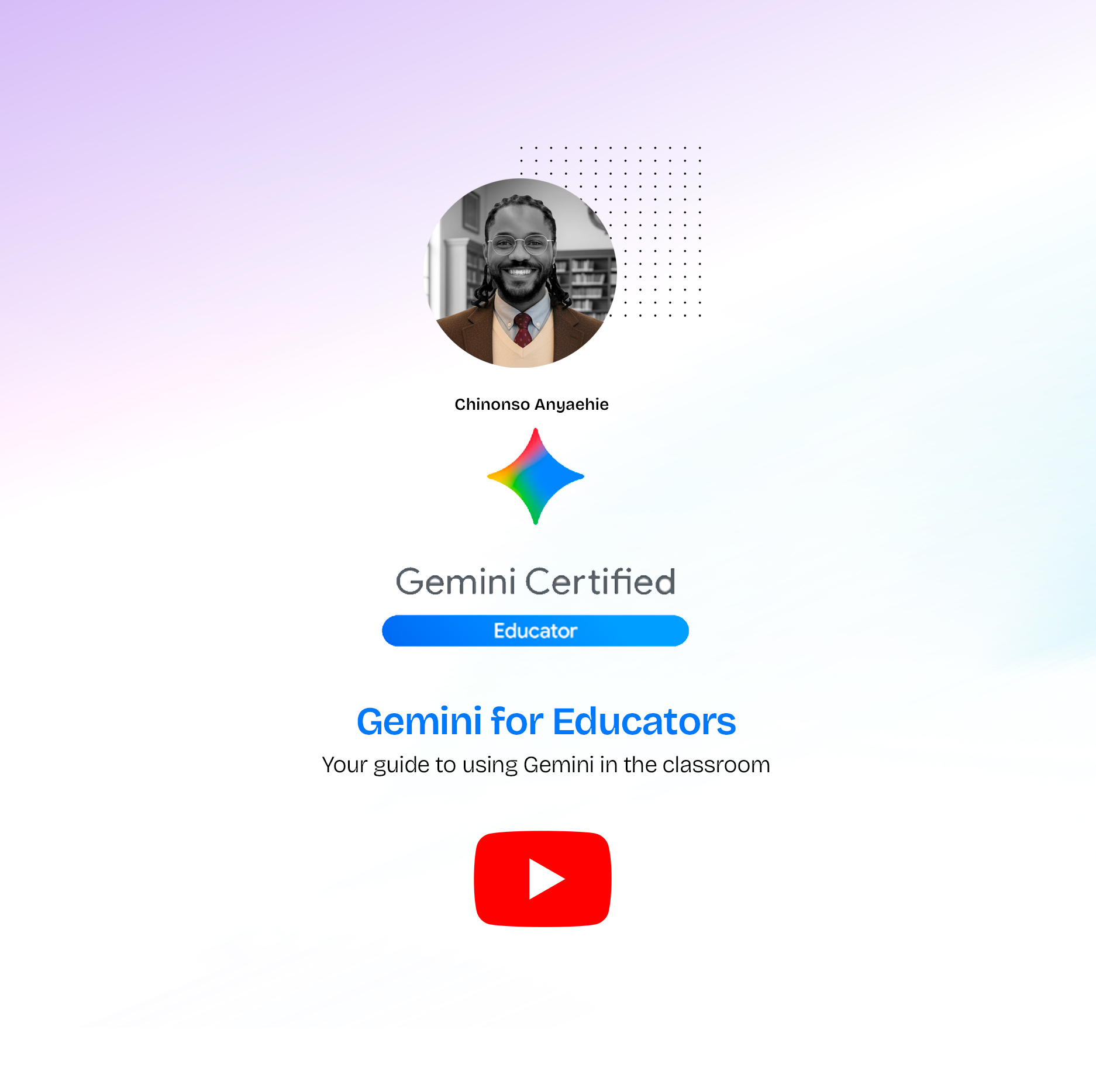



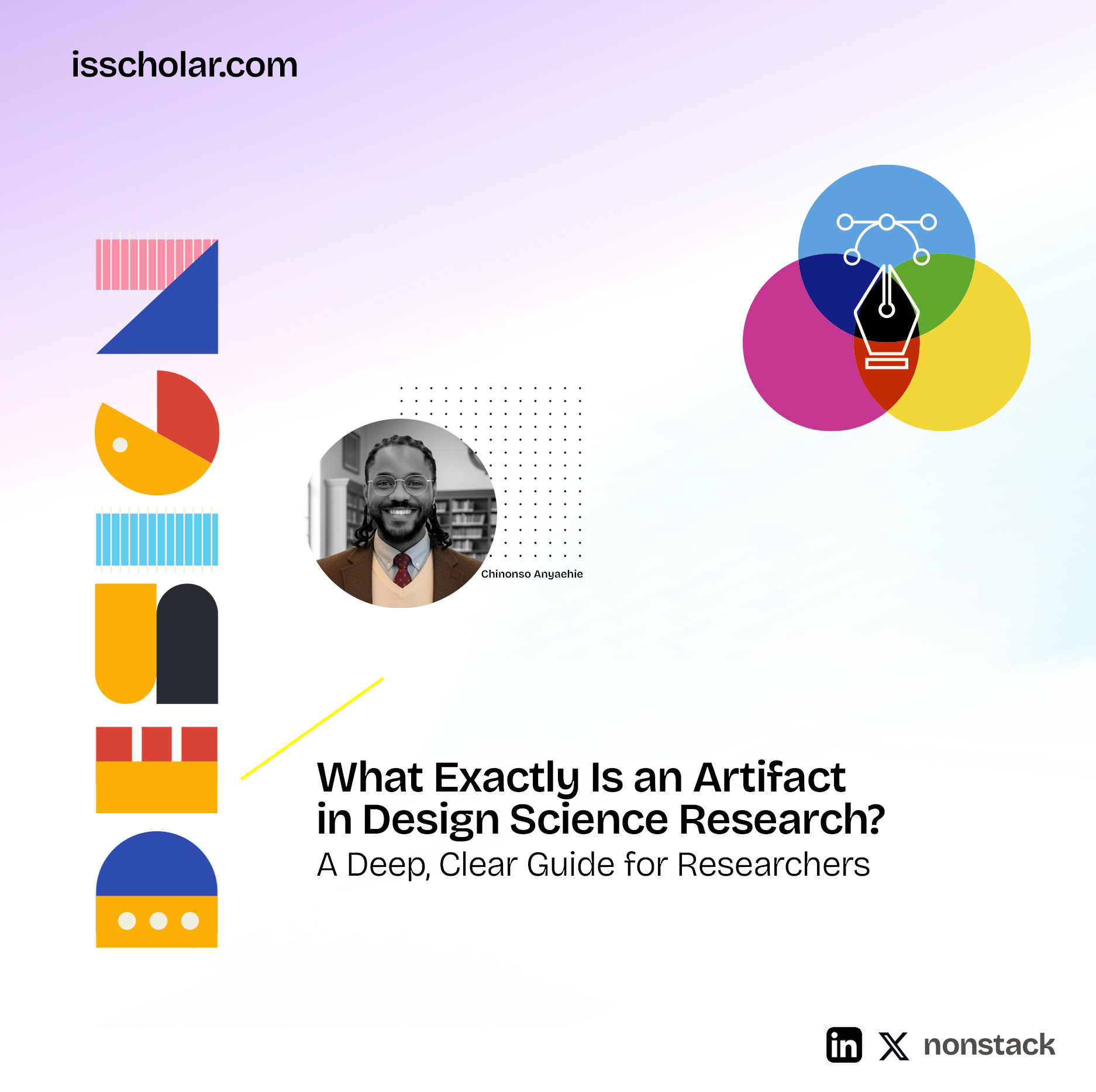
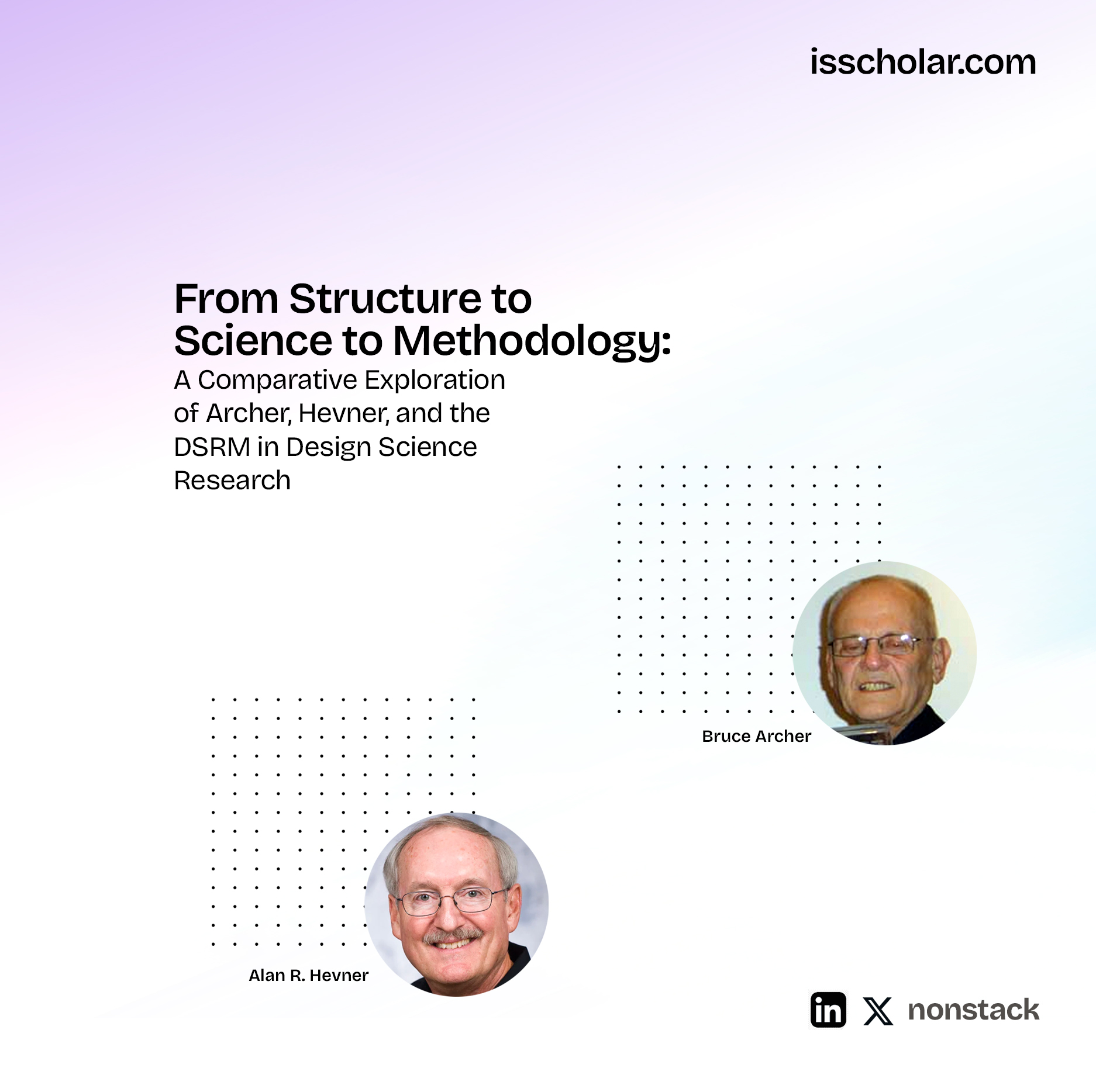

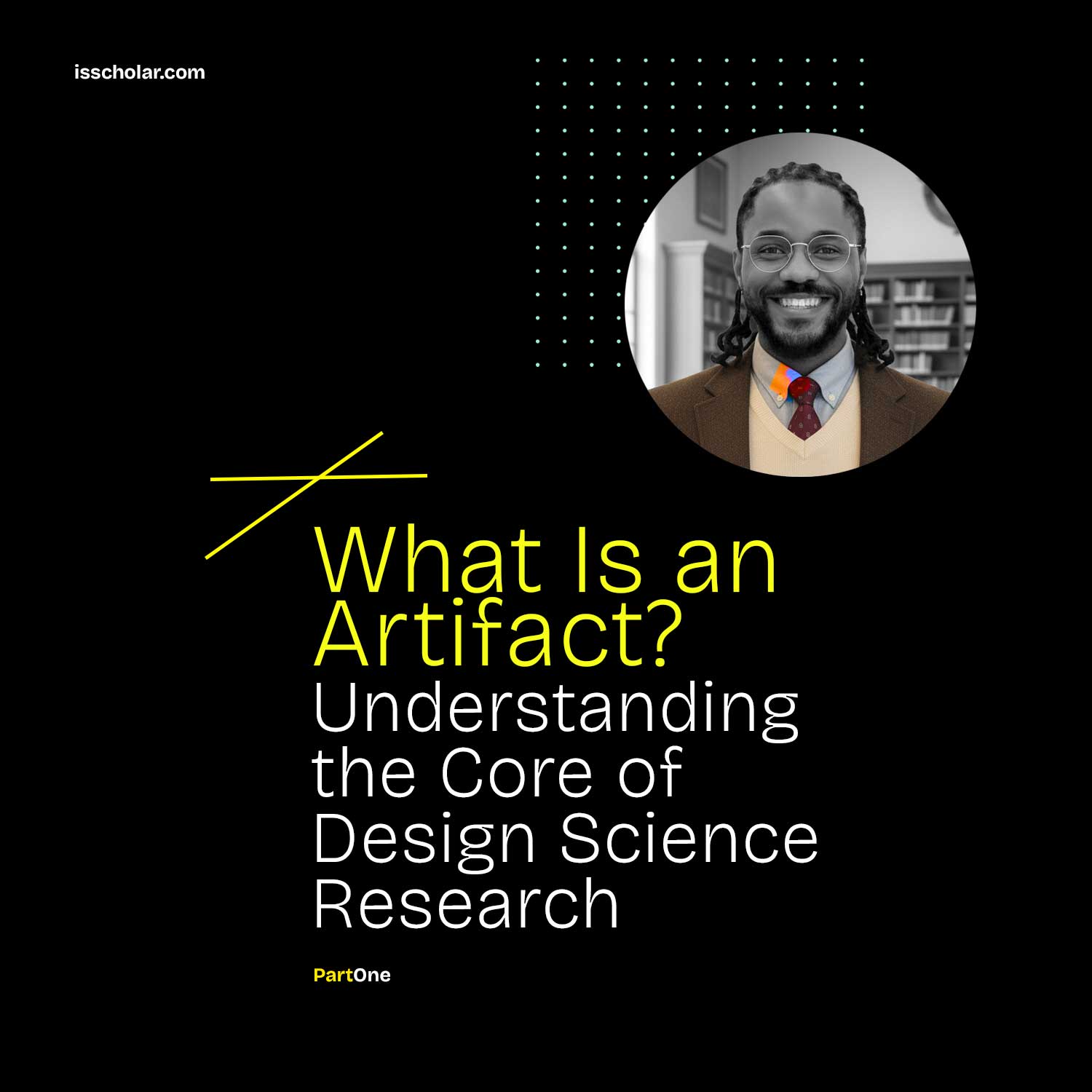
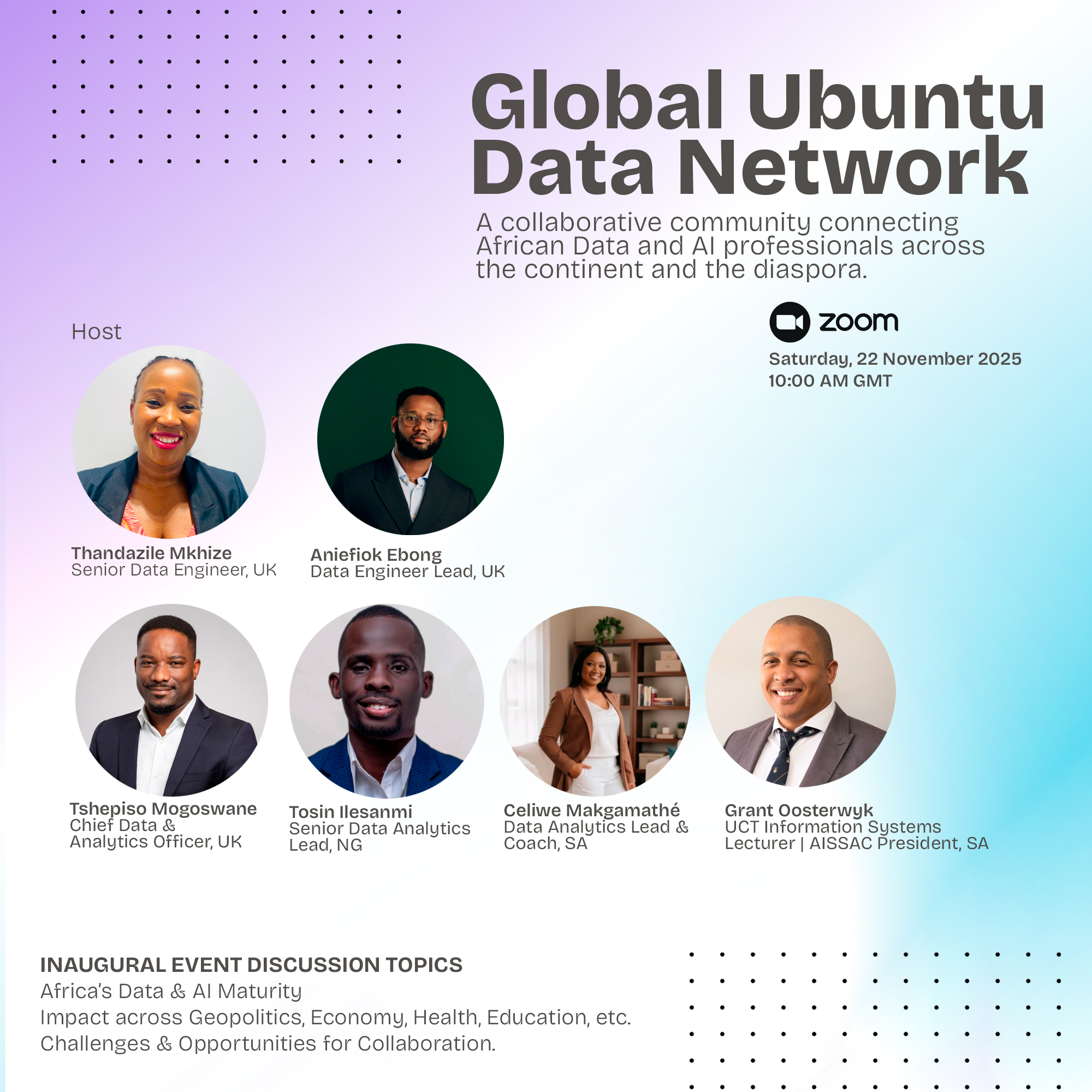
Leave a Reply